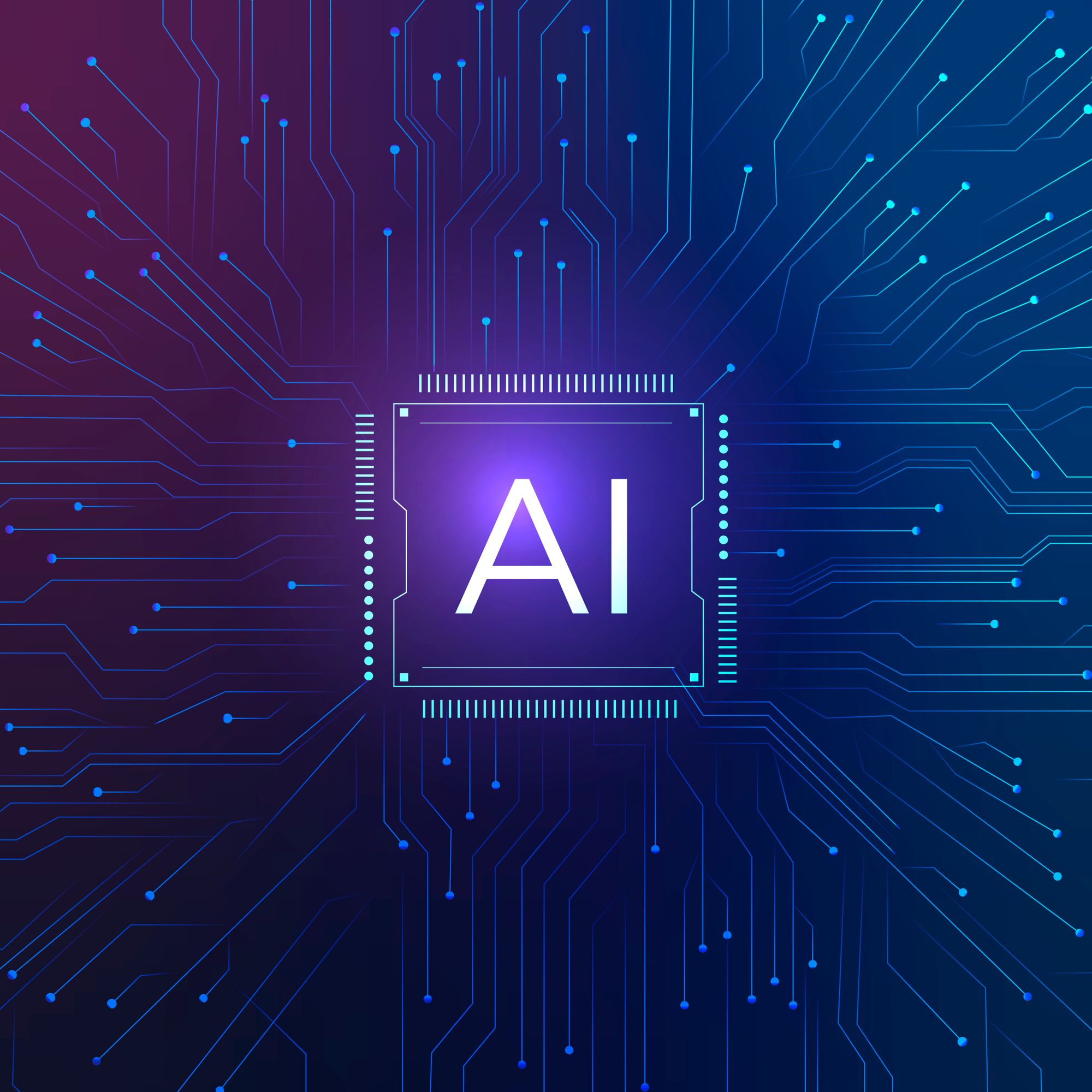The Pros and Cons of AI in the Workplace

In an age where technology is at the forefront of revolutionizing our daily routines, the integration of Artificial Intelligence (AI) in the workplace is a topic that ignites curiosity and concern in equal measure. The concept of humanoid robots and intelligent systems performing tasks alongside humans once seemed like a distant sci-fi fantasy. However, it is now becoming a tangible reality, reshaping how we approach our professional lives.
This article delves into the multifaceted role of AI in modern workplaces, exploring the benefits it brings in automating mundane tasks and enhancing efficiency, as well as the challenges it poses, such as job displacement and ethical concerns. Through a balanced examination, we aim to provide a comprehensive overview of the pros and cons associated with employing AI technologies in various sectors, offering insights into how this phenomenon is sculpting the future of work.
Background
In today's fast-paced work environments, AI has transitioned from a novel concept to a foundational component across various industries. AI is defined as the simulation of human intelligence in machines that are programmed to think like humans and mimic their actions.

This technology can be applied in workplaces to enhance efficiency, automate routine tasks, and make informed decisions based on data analysis. The integration of AI in the workplace has evolved significantly since its inception. Initially, AI technologies were primarily used in the manufacturing sector for automating tasks. However, with advancements in machine learning and computational abilities, its application has expanded into sectors such as healthcare, finance, customer service, and even creative industries.
Statistics reveal a marked increase in the adoption of AI technologies across different sectors. For instance, a recent survey indicated that over 50% of businesses have incorporated some form of AI into their operations, and the investment in AI technologies is expected to reach billions annually, signaling a robust growth trajectory. This widespread adoption underscores the transformative impact AI is having on how work is conducted, heralding a new era of efficiency and innovation in the workplace.
The Pros
This integration in the workplace brings a myriad of benefits, fundamentally transforming the operational dynamics across various sectors. Firstly, AI significantly improves efficiency by automating mundane and repetitive tasks, which in turn enhances productivity and saves valuable time for strategic tasks that demand human intervention. This automation extends to decision-making processes as well; with AI’s capability to process and analyze vast amounts of data swiftly, businesses are endowed with data-driven insights that foster better strategic decisions and real-time analytics for more informed choices.

Moreover, AI serves as a catalyst for increased innovation, facilitating the generation of new ideas and creative solutions while also accelerating research and development processes which are crucial for staying competitive. From a safety perspective, AI's precision and reliability reduce human errors in high-risk environments and support preventive maintenance to mitigate possible hazards.

Lastly, one of the overarching advantages of AI is the substantial cost savings it offers. By optimizing operations through AI, companies can lower operational expenses and enhance resource allocation and utilization efficiency, thereby reallocating savings towards growth-fueling initiatives. Together, these advantages underscore the transformative potential of AI, positioning it as an indispensable asset in contemporary and future workspaces.
The Cons

The integration of AI into the workplace, however, is not without its drawbacks. One of the most notable issues is Job Displacement, where the advent of automation could lead to a significant reduction in the need for human labor. This not only results in potential job losses but also poses reskilling challenges for those workers who find themselves displaced, making it a double-edged sword for the workforce.
Alongside, Privacy and Security Concerns arise, as the implementation of AI systems necessitates the handling of vast amounts of data, raising critical data protection issues. Furthermore, these systems are not impervious to cyber-attacks and breaches, highlighting vulnerabilities that could be exploited by malicious entities.

Another aspect that warrants attention is the Lack of Empathy and Human Touch that AI embodies. Despite advances in technology, AI still struggles to replicate the nuances of human emotions, which can negatively impact sectors that rely heavily on customer service and personal interactions.
Lastly, the Overreliance on AI can lead to a scenario where there is an erosion of human skills, as dependence on AI systems becomes more pronounced. Additionally, this reliance harbors the risk of system failures and technical glitches, which could have far-reaching consequences in an increasingly AI-dependent world. Thus, while AI presents a promising future, these cons exemplify the need for a balanced approach to its incorporation into the workplace.
For or Against AI?

In wrapping up our exploration of AI in the workplace, we've traversed the dynamic landscape of its impacts, unpacking both its transformative potential and the challenges it poses. From enhancing productivity and fostering innovation to displacing jobs and raising ethical concerns, AI serves as a double-edged sword. It highlights the necessity of a nuanced understanding of AI's multifaceted nature.
Moving forward, the call to action is clear: Industries, policymakers, and the workforce must collaborate to cultivate a balanced approach towards AI utilization, ensuring its benefits are maximized, and its downsides are judiciously managed. Such coordinated efforts are vital in steering the future of work towards a landscape where AI acts as a catalyst for growth and innovation, without compromising human welfare and ethical standards.

